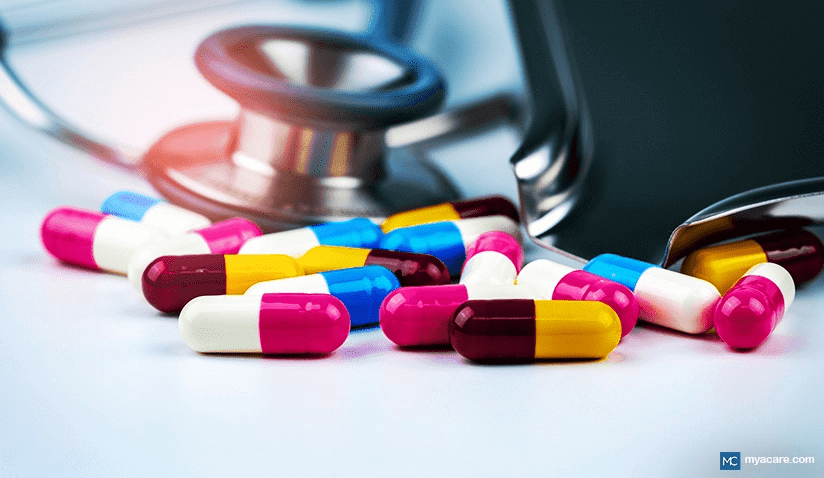What You Need to Know About Antibiotic Resistance

Antibiotics are a group of medicines aimed to prevent and treat bacterial infections. Antibiotic resistance (AR) is a phenomenon in which bacteria changes its behaviour when faced with a particular antibiotic [1]. Normally, these drugs should cause bacteria to either stop multiplying or to grow slower than they would if no antibiotic was present; however, if bacteria become resistant, then their growth would not be affected. AR renders treatment ineffective and makes infections more dangerous for the patient [2].
Since the discovery of penicillin in 1928, there has been a fight against AR. Each time a new antibiotic is developed, resistance follows. This is because bacteria have the capacity to transfer parts of their DNA among each other. For example, if from a population of 10 million antibiotic-treated bacteria 1 is resistant, then that ONE will survive, multiply and transfer its genetic information not only to its offspring, but also, to other non-resistant bacteria, making them resistant. This mechanism is known as Horizontal Gene Transfer [3].
It may be interesting for patients to know that the main cause for a rise of antibiotic resistant bacteria or multidrug resistant bacteria is antibiotic overuse. This is because bacteria develop resistance against antibiotics naturally. If nothing causes the death of the non-resistant population, then, resistant individuals may disappear over time or remain as a small minority. The effect of the antibiotics creates a selective pressure that promotes AR populations [4]. This situation is extremely dangerous. An increase of AR coupled with a recent decrease of new drug discovery has led us closer to the return of the pre-antibiotics age, when death by infection was much more common [1].
So, how can you help prevent this? There is one main strategy that most of the scientific community recommends to reduce antibiotic overuse, simply, using fewer antibiotics. It may sound too simple, but in fact it implies a series of changes to the way these drugs are prescribed by doctors and used by patients [5].
The main recommendation to achieve a better use of antibiotics in our own community is to tackle over the counter antibiotics. In Europe, Asia, South America and Africa is extremely common for people to use antibiotics regularly as self-medication against many different diseases (respiratory tract infections are the most common). Usually, this type of poorly informed and non-prescribed treatment leads to overuse of antibiotics either by incorrect dosage or by ignorance about a disease and its adequate treatment (simply using antibiotics blindly). Some nations are even looking into stopping the sale of antibiotics without prescription; impose regulations on when antibiotics can be prescribed and establishing social programs to create awareness as ways to stop this situation [6].
Further strategies involving hospitals best practices, legislation and stewardship programs to reduce antibiotic overuse are on their way, but the general public needs to know about the risk that AR means for their lives. Changing AR at a global scale is no easy task. It is our responsibility to stay informed and use antibiotics conscientiously.
For more information, talk to a Healthcare Professional. Please use the Mya Care search engine to search for healthcare providers and doctors worldwide.
Hector Osorio is a cell biologist, research assistant and science/health content writer. He loves complex topics related to life sciences like cancer, viral infections and aging. He graduated from Central University of Venezuela Faculty of Sciences and worked as a research assistant for the Center of Experimental Medicine of the Venezuelan Center for Scientific Research (IVIC) for 5 years.
References:
Featured Blogs



